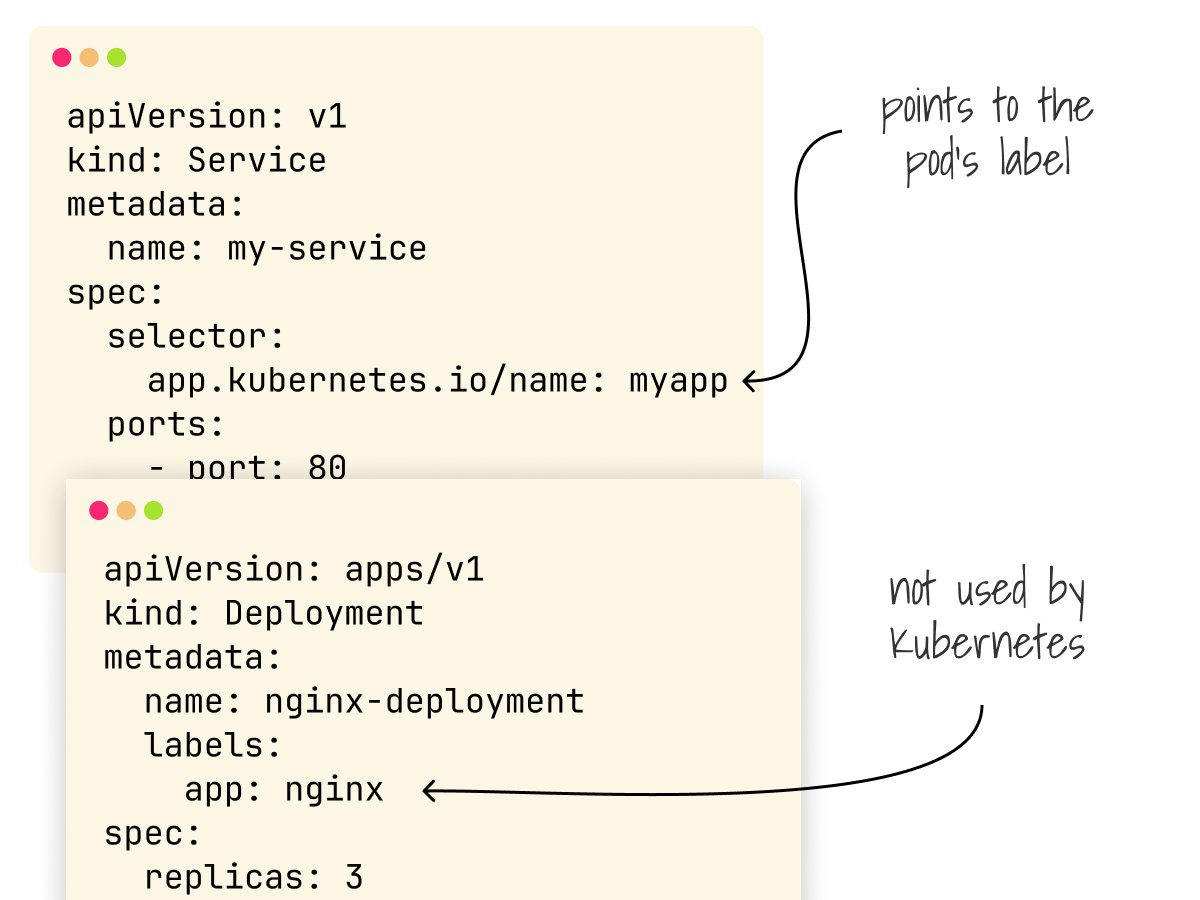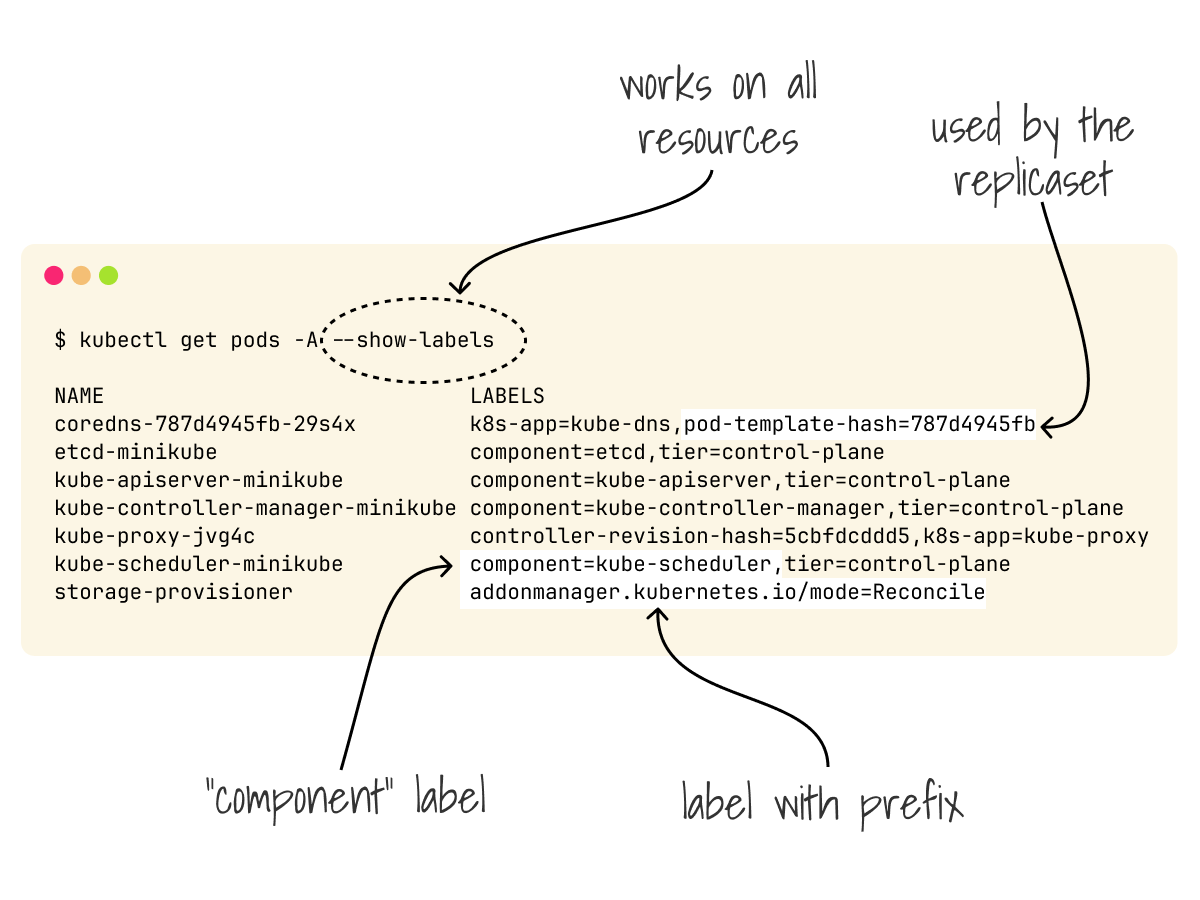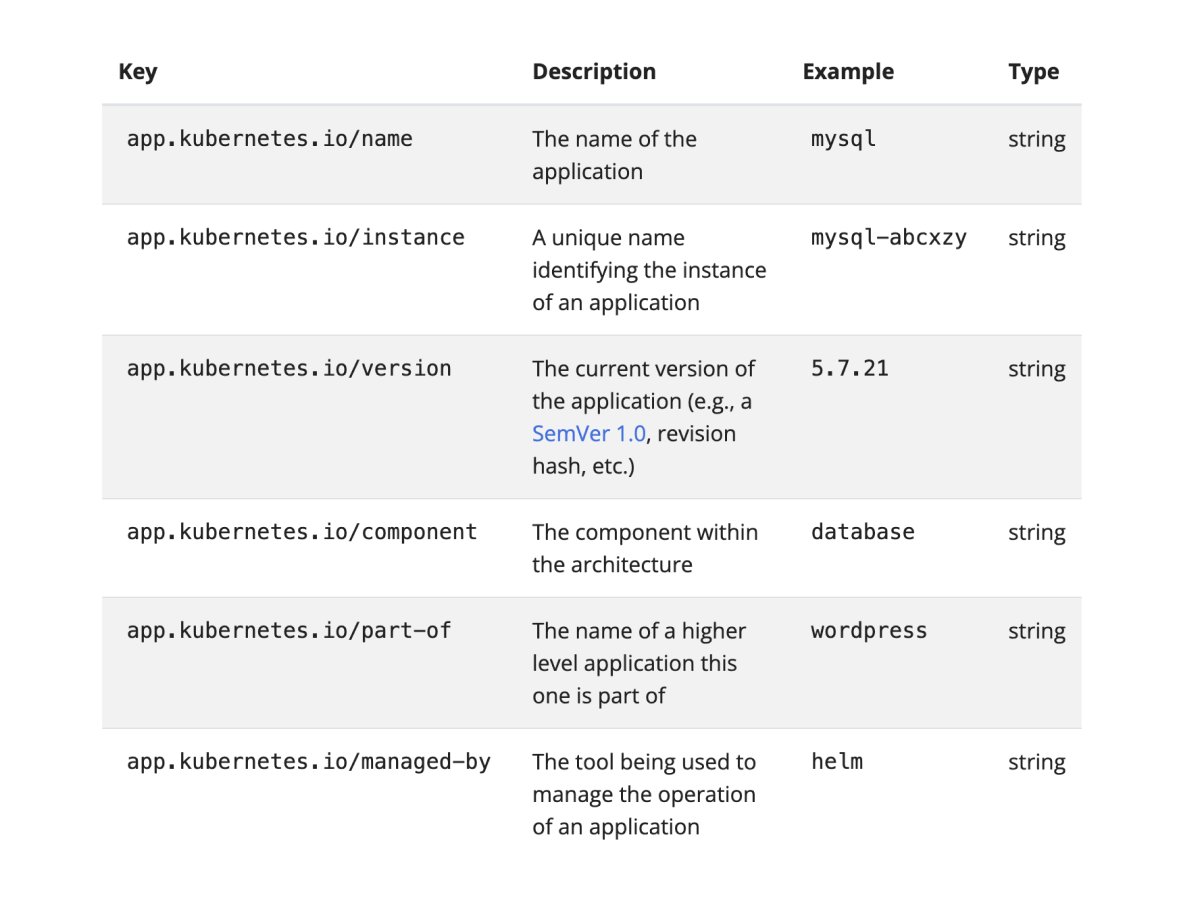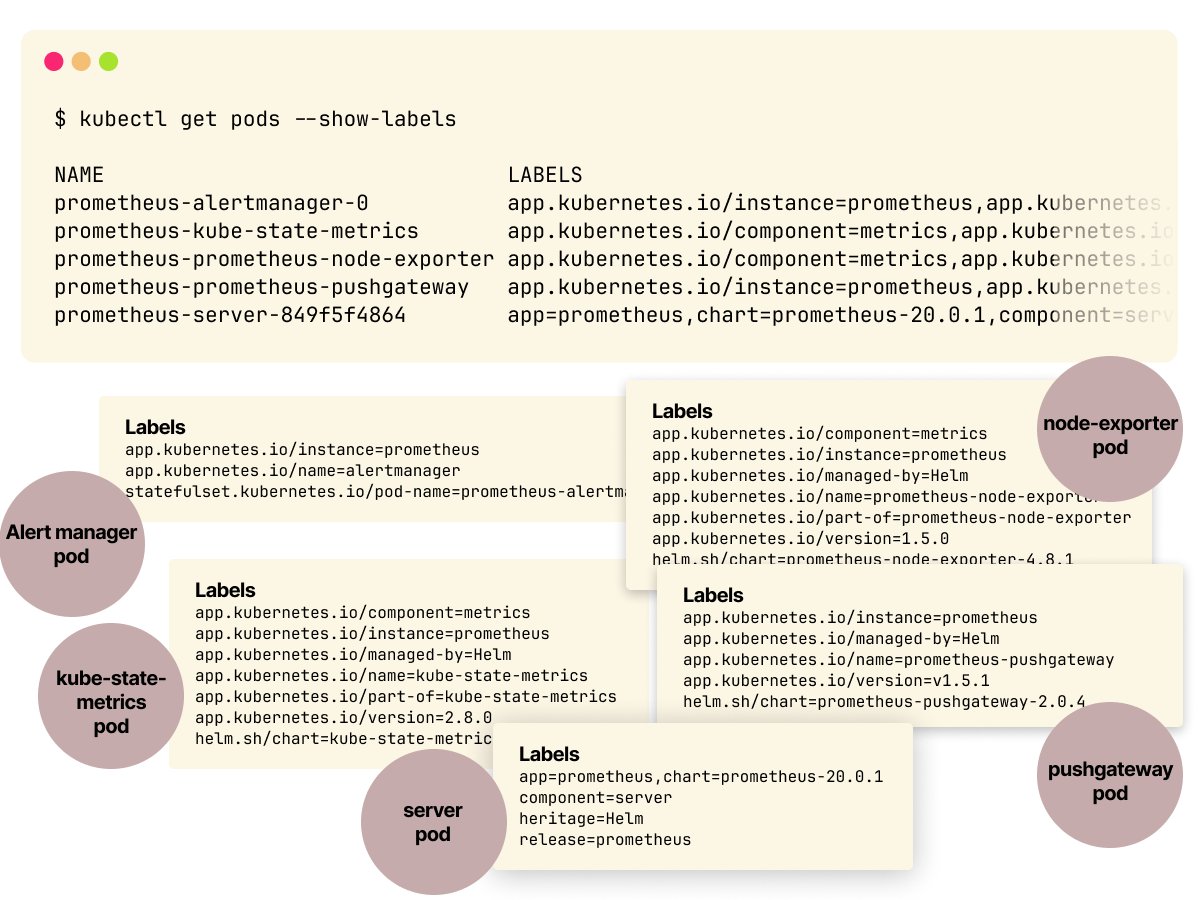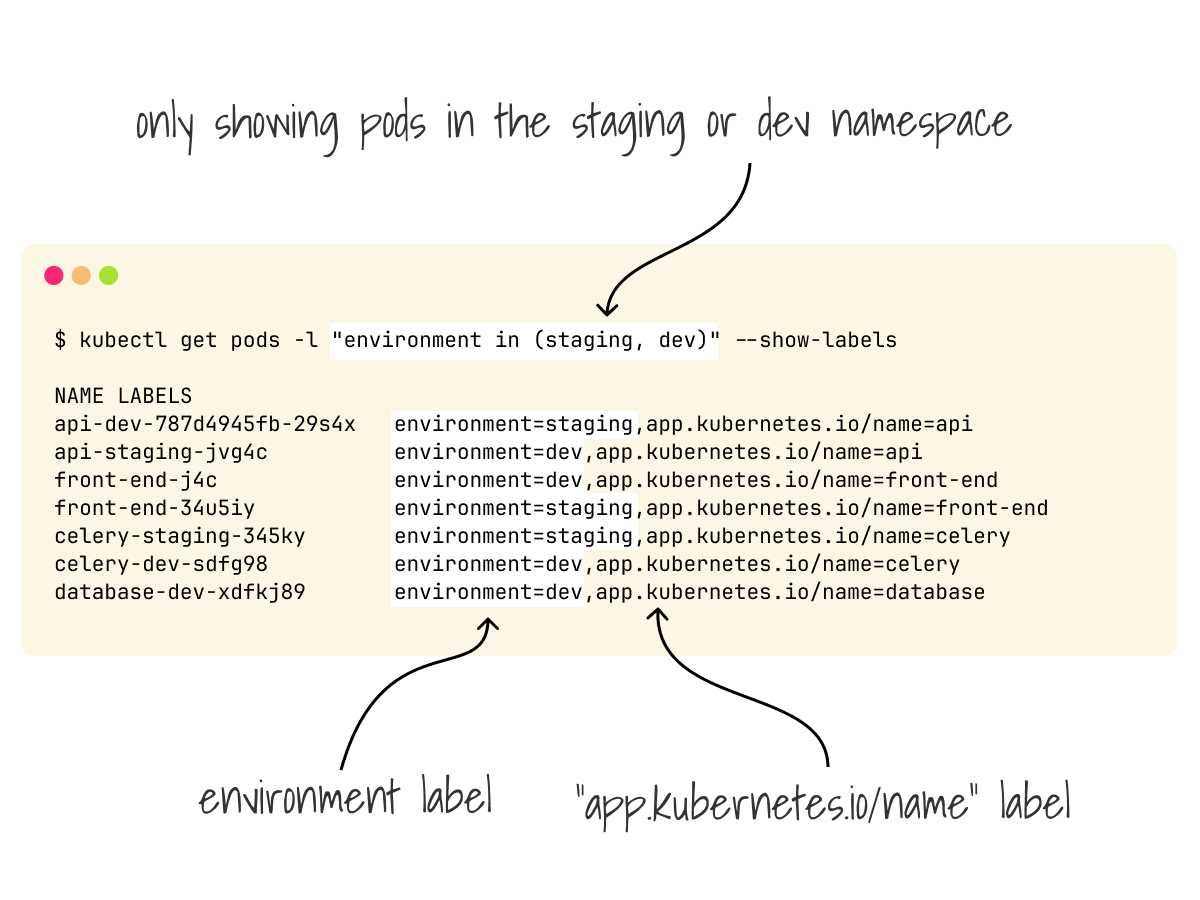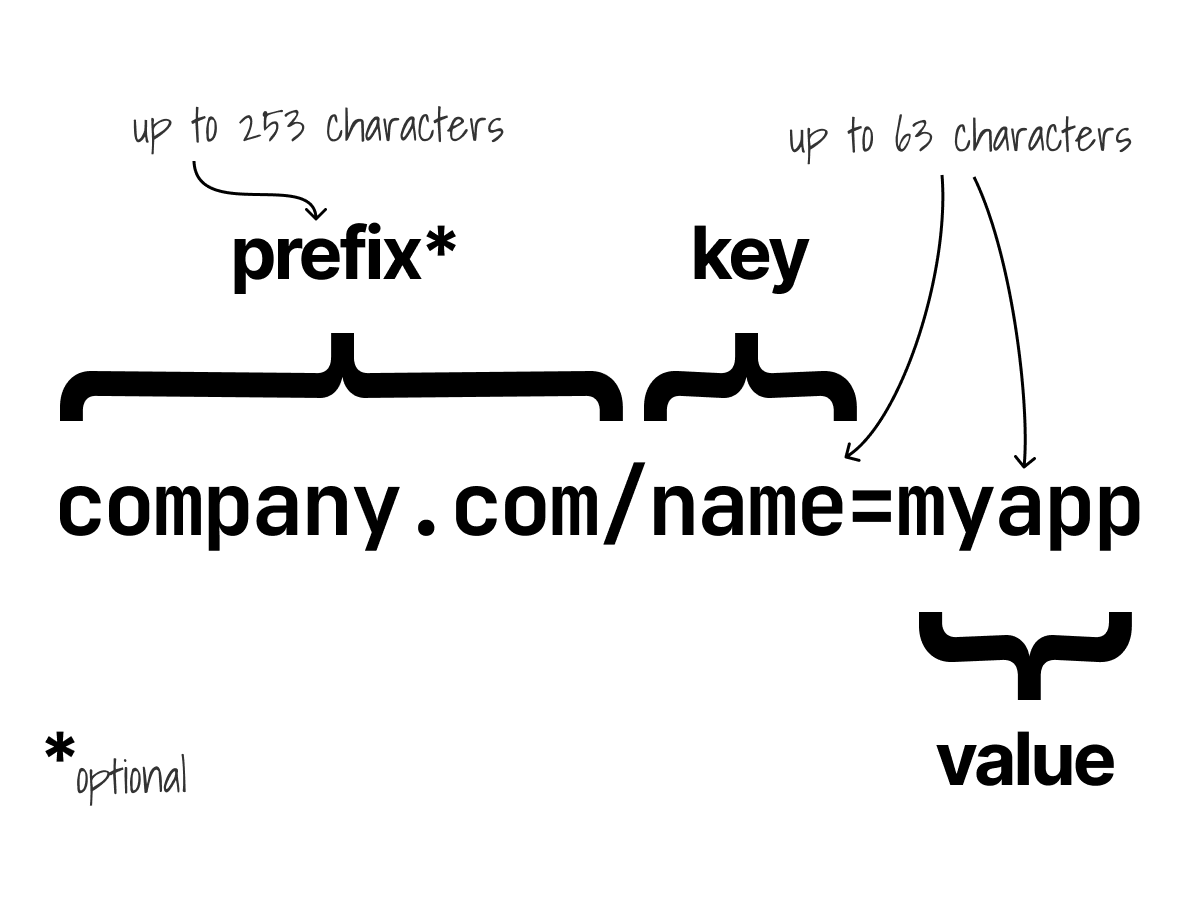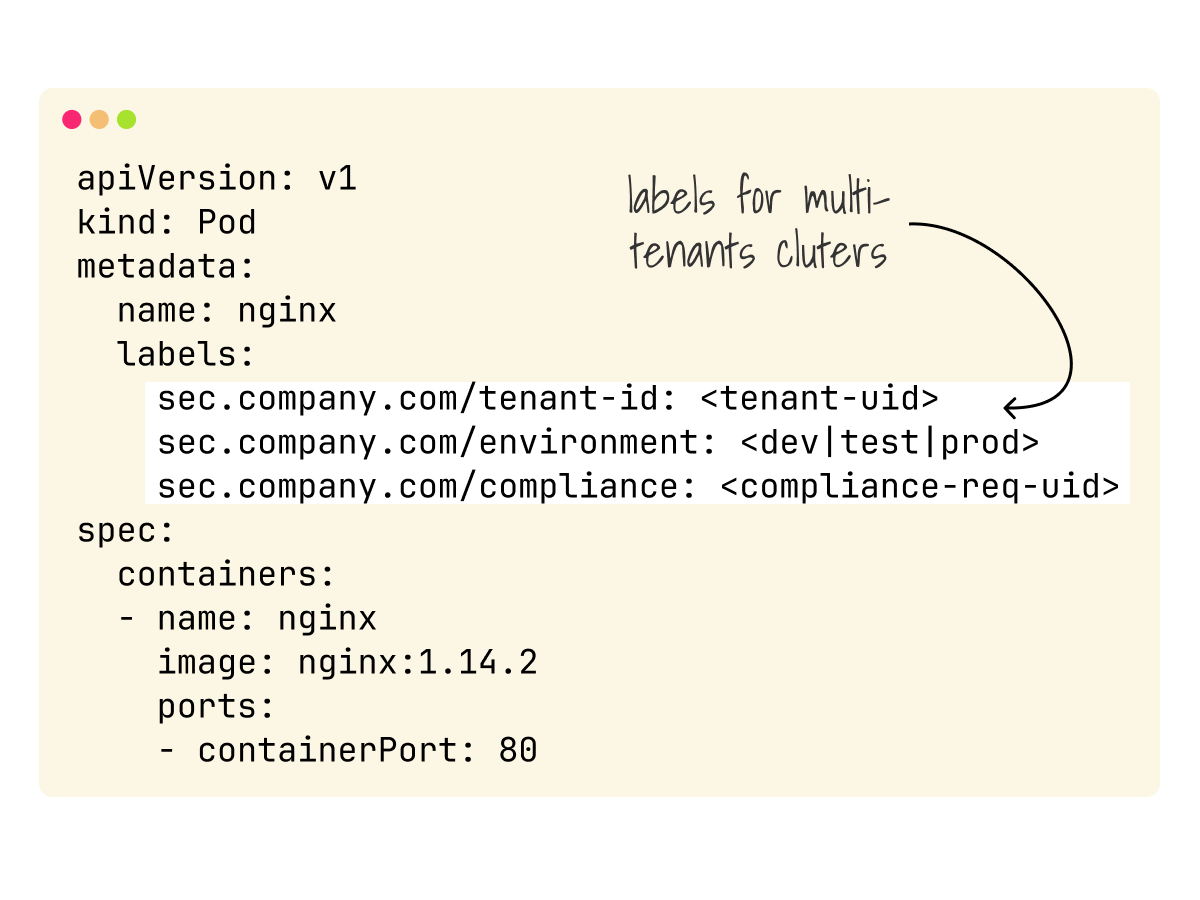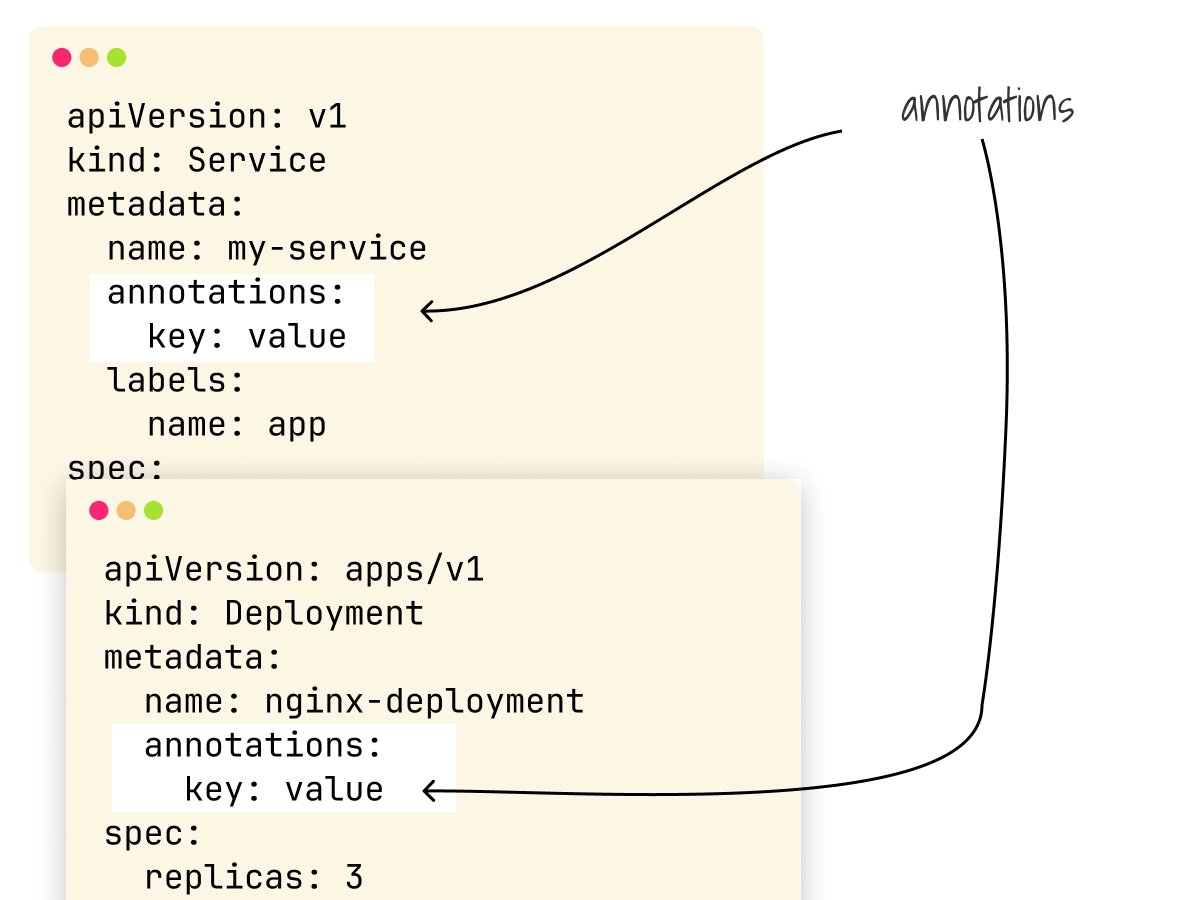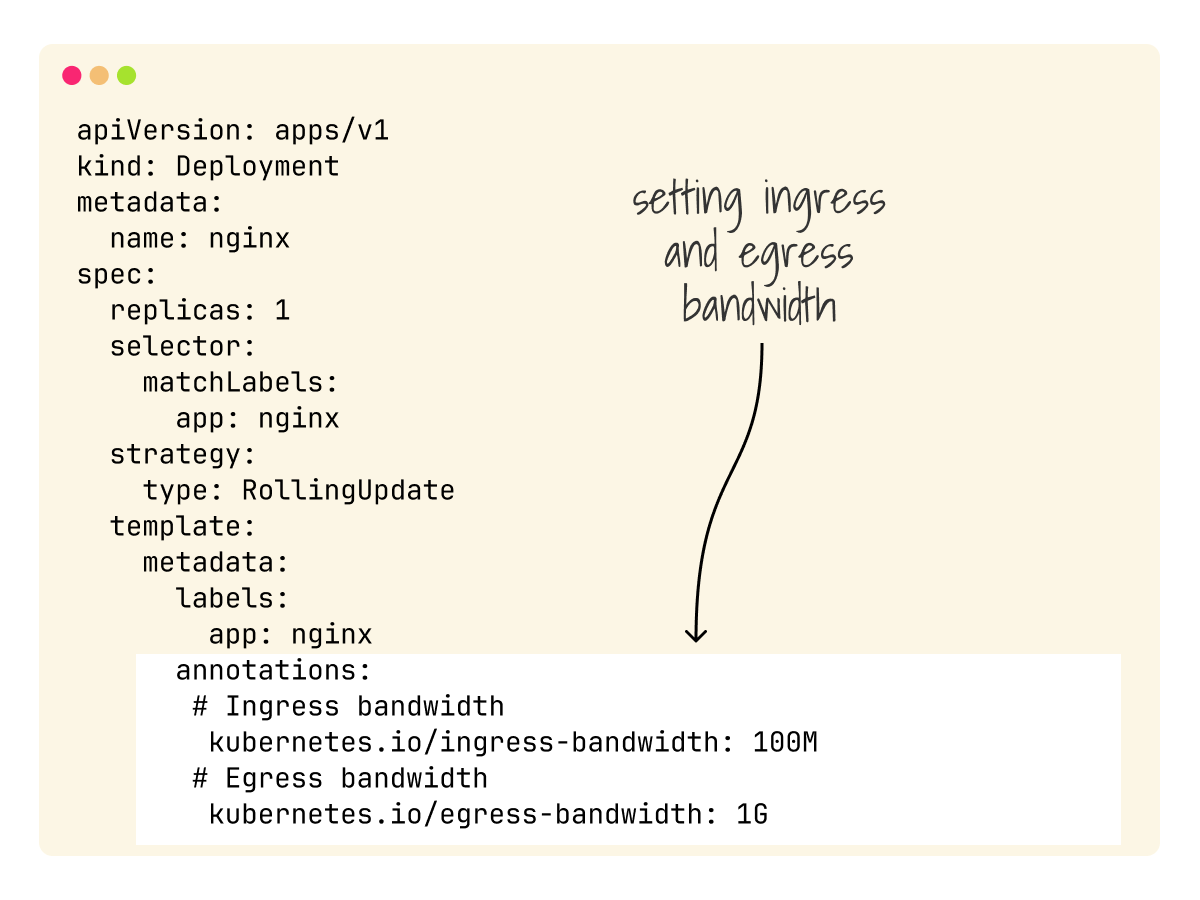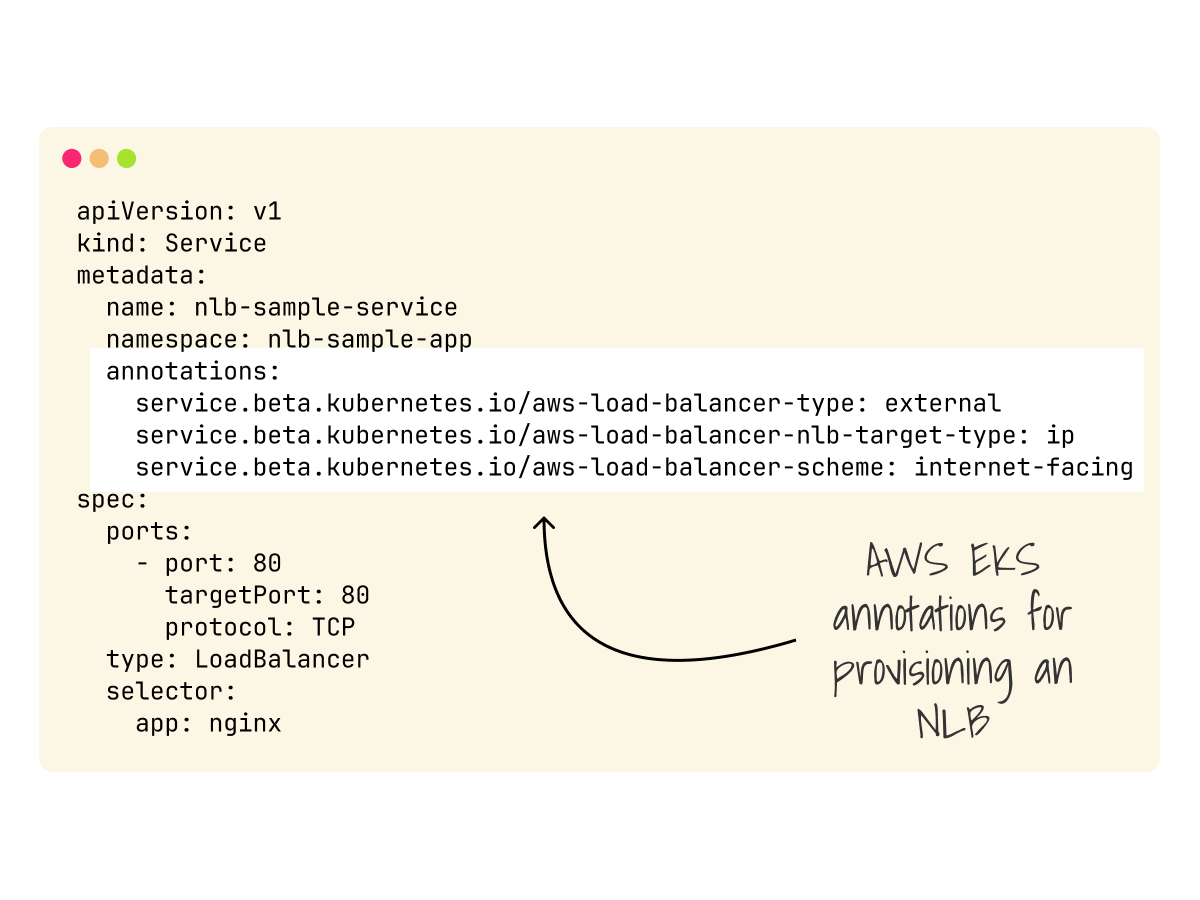Kubernetes Labels And Annotatios
In Kubernetes, you can use labels to assign key-value pairs to any resources.
Labels are ubiquitous and necessary to everyday operations such as creating services.
However, how should you name and use those labels?
Let’s start with the basics
Any resource in Kubernetes can have labels
Some labels are vital (e.g. service’s selector, operators, etc.), and others are useful to tag resources (e.g. labelling a deployment)
Kubectl offers a --show-labels flag to help you list resources and their labels
If you list pods, deployments and services in an empty cluster, you might notice that Kubernetes uses the component=<name> label to tag pods
Kubernetes recommends six labels for your resources:
➀ Name ➁ Instance ➂ Version ➃ Component ➄ Part of ➅ Managed By
Let’s look at an excellent example of using those labels: the Prometheus Helm chart
The charts install five pods (i.e. server, alter manager, node exporter, push gateway and kube state metrics)
Notice how not all labels are applied to all pods
Labelling resources properly helps you make sense of what’s deployed
For example, you can filter results with kubectl:
kubectl get pods -l "environment in (staging, dev)"
The command only lists pod in staging and dev
If those labels are not what you are after, you can always create your own
A <prefix>/<name> key is recommended — e.g. http://company.com/database
The following labels could be used in a multitenant cluster:
- Business unit
- Development team
- Application
- Client
- Shared services
- Environment
- Compliance
- Asset classification
Alongside labels, you have annotations
Whereas labels are used to select resources, annotations decorate resources with metadata
You cannot select resources with annotations
Administrators can assign annotations to any workload
However, more often, Kubernetes and operators decorate resources with extra annotations
A good example is the annotation kubernetes·io/ingress-bandwidth to assign bandwidth to pods
The official documentation has a list of well-known labels and annotations
Here are some examples:
- kubectl·kubernetesׄ·io/default-container
- topology·kubernetes·io/region
- node·kubernetes·io/instance-type
- kubernetes·io/egress-bandwidth
Annotations are used extensively in operators
Look at all the annotations you can use with the nginx-ingress controller
Unfortunately, using operators/cloud providers/etc. annotations is not always a good idea if you wish to stay vendor-neutral
However, sometimes it’s also the only option (e.g. having an AWS ALB deployed in the correct subnet when using a service of type LoadBalancer)
Here are a few links if you want to learn more:

